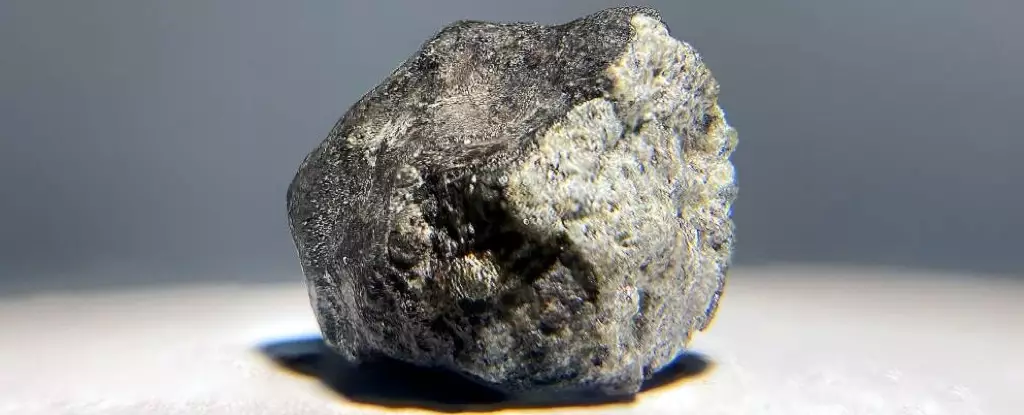The field of planetary science has reached a significant milestone, illuminating the origins of a large majority of meteorites that fall to Earth. Recent studies conducted by an international team of scientists have elucidated the parental bodies of over 90 percent of meteorites, showcasing our understanding of these celestial travelers. This article delves into the implications of these findings, the methodologies employed, and the broader significance for space exploration and planetary formation.
Historically, the journey of meteorites from space to Earth has been shrouded in mystery. While meteorites have been a subject of fascination for scientists and the public alike, only a select few had been convincingly traced back to their original asteroids. A collective effort by researchers from prestigious institutions such as the French National Centre for Scientific Research, the European Southern Observatory, and Charles University yielded a breakthrough by focusing on H and L chondrites. These two types represent a staggering 70 percent of meteorite falls and are distinguished by their mineral composition primarily composed of chondrules—tiny, spherical particles formed from the rapid cooling of molten material in space.
The classification and study of chondrites not only provide insight into the materials and conditions present in the early solar system but also reveal how such materials were subjected to cosmic processes. The identification of their origin has helped scientists link many of these meteorites to three significant asteroid families—Massalia, Karin, and Koronis—located within the asteroid belt between Mars and Jupiter. Each of these families has undergone notable collisions, scattering debris that eventually found its way to Earth.
By dating these collision events, researchers revealed that major disruptions occurred in Massalia approximately 466 million years ago and again about 40 million years ago, with more recent events in the Karin and Koronis families occurring about 5.8 and 7.6 million years ago, respectively. These insights not only clarify the timeline of collisional activity but also imply a relatively recent origin for many meteorites currently arriving on our planet, something previously underestimated.
The studies uncovered more than just the timeline; they also highlighted a sophisticated network of asteroid dynamics. When large celestial bodies collide, the resulting fragments can increase their likelihood of future encounters—both with one another and with Earth. This cascading effect ensures that fragments from the same origin persist over geological timescales and may eventually become meteorites. The implications of this are profound; understanding the life cycle of these asteroid families informs us about the potential risks that certain asteroid fragments pose, as well as their compositional characteristics which can shed light on the early solar system.
While H and L chondrites dominate meteorite falls, researchers expanded their studies to encompass a broader range of less common meteorite types, accounting for even more origins. This comprehensive approach included examining fragments from families such as Veritas, Polana, and Eos. By piecing together these connections, scientists provide a more complete narrative of the solar system’s composition and evolution, while also hinting at future trajectories of these celestial bodies.
The ramifications of these studies extend beyond mere academic curiosity. By understanding the origins of meteorites, astronomers can better evaluate the history and future of our solar system. Each meteorite serves as a timestamp, offering clues about the conditions that prevailed in the early solar system. Furthermore, ensuring comprehensive databases of celestial materials can significantly enhance our predictive models when forecasting the potential paths of threatening asteroids and the survival prospects of various objects in space.
As exciting as these findings are, researchers emphasize that the journey is far from over. The quest to unveil the histories encoded in meteorites continues, and teams are committed to further observations and analyses. The aspiration of comprehensively cataloging all meteorite types remains an ongoing process, one with the potential to reshape our understanding of planetary science.
The recent strides in linking meteorites to their asteroidal origins signify an important leap in space research, marking a promising chapter in our understanding of the cosmos. The ongoing exploration holds the keys to many scientific mysteries yet to be unveiled.


Leave a Reply